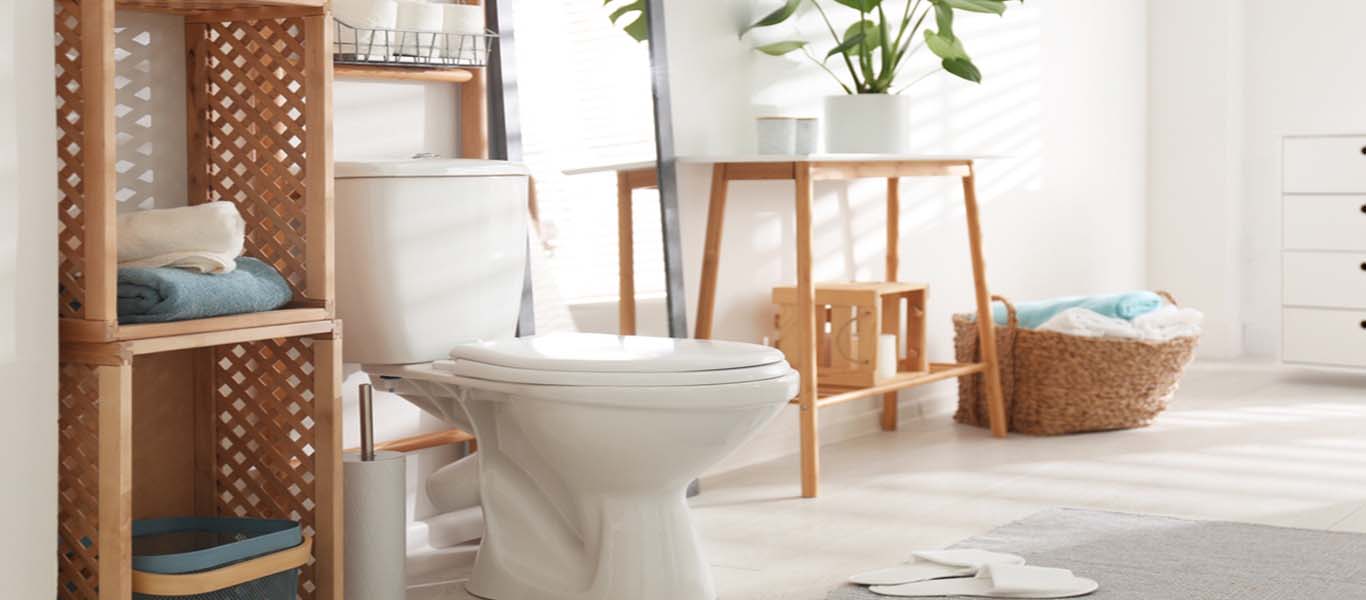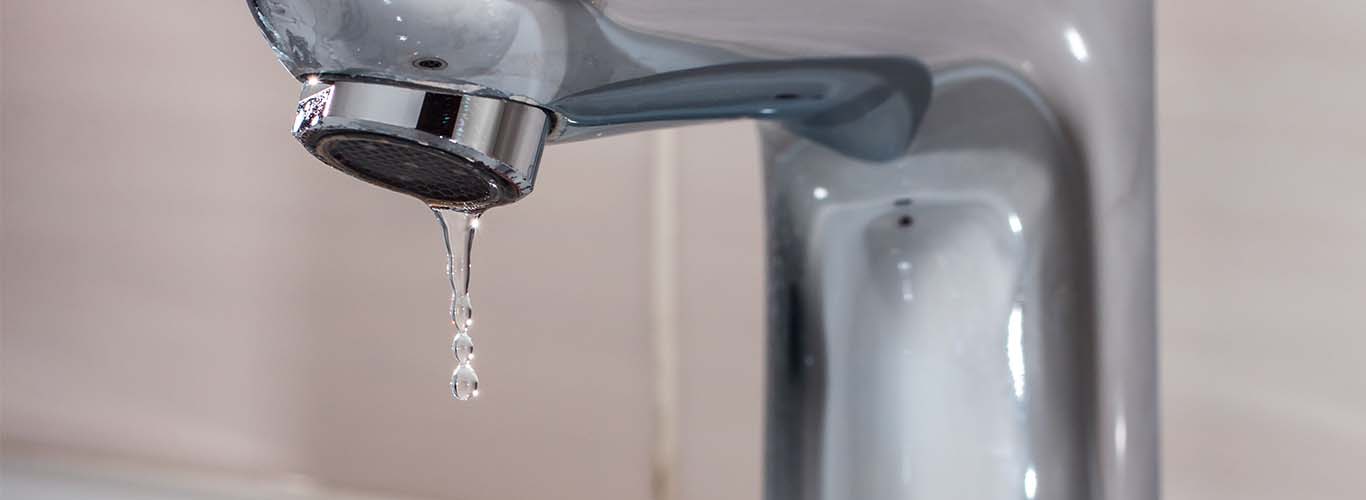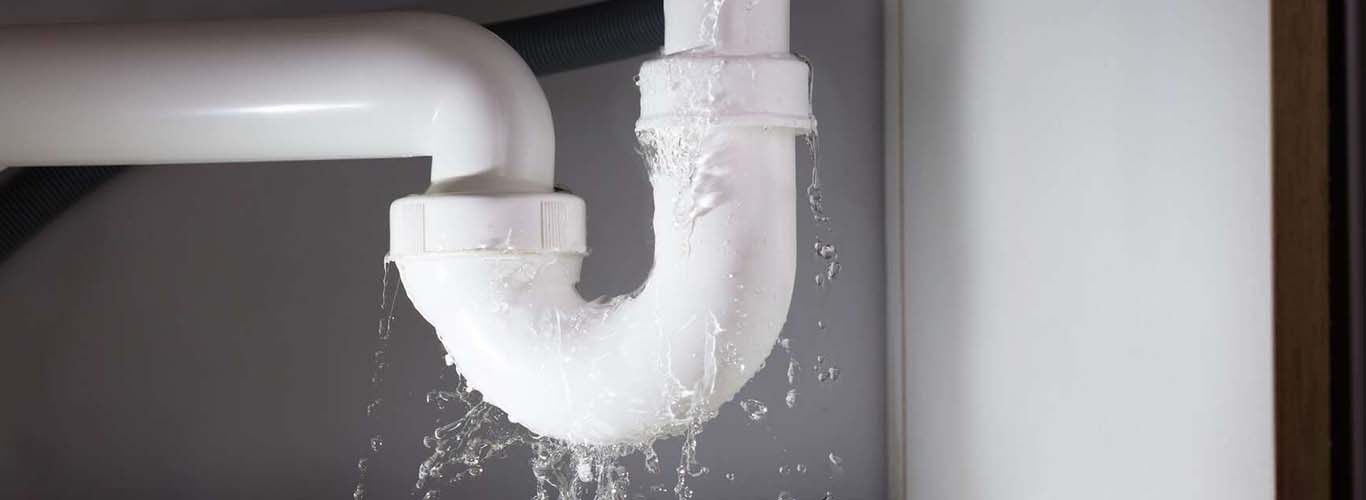
How to Find and Fix Some Common Bathroom Leaks?
Bathroom leaks can be a common and frustrating problem for homeowners. Not only can they lead to water damage and costly repairs, but they can also be a source of discomfort and inconvenience. Identifying and fixing bathroom leaks as soon as possible is crucial to prevent further damage and maintain the functionality of your bathroom.
In this blog, we’ll explore some common bathroom leaks and provide tips on how to fix them. Whether you’re dealing with a dripping faucet, a leaky showerhead, or a malfunctioning toilet, we’ve got you covered. Let’s get started!
How to Find Some Common Bathroom Leaks?
Toilet Leaks:
Toilet leaks can be difficult to detect since they often occur inside the tank or bowl. A good way to check for a toilet leak is to add a few drops of food colouring to the tank and wait a few minutes. If the water in the bowl changes colour, there’s a leak. Common causes of toilet leaks include a worn-out flapper valve, a damaged float, or a damaged wax ring.
Showerhead Leaks:
A variety of issues, such as a loose connection, worn-out washers, or a damaged seal, can cause showerhead leaks. It’s important to fix showerhead leaks promptly to prevent water damage and mould growth.

Faucet Leaks:
Faucet leaks can range from a slow drip to a constant stream of water. Over time, even a small drip can waste significant water and lead to high water bills. These can be repaired by replacing the worn-out parts or the entire faucet if needed.
Tub Leaks:
A cracked or damaged tub, worn-out seals, or loose connections can cause tub leaks. If a damaged tub causes a leak, the entire tub may need to be replaced.
Drain Leaks:
Drain leaks can be caused by a damaged or corroded drain pipe or a damaged drain gasket. These leaks can cause water damage to floors and walls, so it’s important to fix them promptly.
Supply Line Leaks:
Supply line leaks can be caused by corrosion, wear and tear, or high water pressure. These leaks can cause significant water damage and should be addressed as soon as possible by a licensed plumber.
Vent Leaks:
Blockages, damage, or improper installation can cause vent leaks in the plumbing vent system. These leaks can cause foul odours and slow drainage, so it’s important to fix them promptly.
Pipe Leaks:
Pipe leaks can be difficult to detect since the pipes are usually hidden behind walls or under floors. However, signs of a pipe leak may include dampness, water stains, or a musty odour. A licensed plumber can use specialised tools, such as a moisture meter or infrared camera, to detect the location of the leak.
Shower Pan Leaks:
Shower pan leaks can be caused by a variety of issues, such as a cracked or improperly installed shower pan or a damaged membrane. Signs of a shower pan leak may include dampness or discolouration on the ceiling below the bathroom. A licensed plumber can inspect the shower pan and recommend repair or replacement options.
Overflow Leaks:
A clogged overflow drain or a damaged overflow gasket can cause overflow leaks. These leaks can be difficult to detect since they may only occur when the sink or tub is filled to a certain level.
To check for an overflow leak, fill the sink or tub to a certain level and observe if water starts to leak from the overflow drain. A licensed plumber can inspect the overflow drain and recommend repair or replacement options.
Loose Connections:
Loose connections in bathroom plumbing fixtures can be caused by regular use or improper installation. Signs of a loose connection may include dampness or discolouration around the fixture. Check the connections by gently tightening them with a wrench or contacting a licensed plumber to do the job.
Cracked Tiles:
Cracked tiles in the bathroom can allow water to seep into the subfloor, causing water damage and mould growth.
Signs of a cracked tile may include a loose or hollow sound when tapped. A licensed plumber can repair or replace the damaged tile and inspect for any underlying water damage.

How Can You Fix Common Bathroom Leaks?
Several techniques are used to fix bathroom leaks, depending on the severity and the location of the leak. Here are some common techniques:
Identify the Source: The first step in fixing a bathroom leak is to identify the source of the problem. Common sources of leaks in the bathroom include faucets, showerheads, toilets, and pipes.
Tighten Fittings and Connections: If the leak is coming from a loose fitting or connection, such as a faucet or showerhead, tightening the fittings or connections may fix the problem.
Replace Washers and Gaskets: If the leak is coming from a worn-out washer or gasket, replacing it may fix the problem. This is often the case with faucets and toilet tanks.
Use Plumber’s Tape: Plumber’s tape can be used to seal joints and connections that are leaking. This is a temporary fix and may need to be replaced later on.
Replace Damaged Pipes: If the leak comes from a damaged pipe, it may need replacing, and this is best left to a professional plumber.
Waterproofing: If the leak is coming from the shower or bath, applying a waterproof sealant or grout can help fix the problem.
